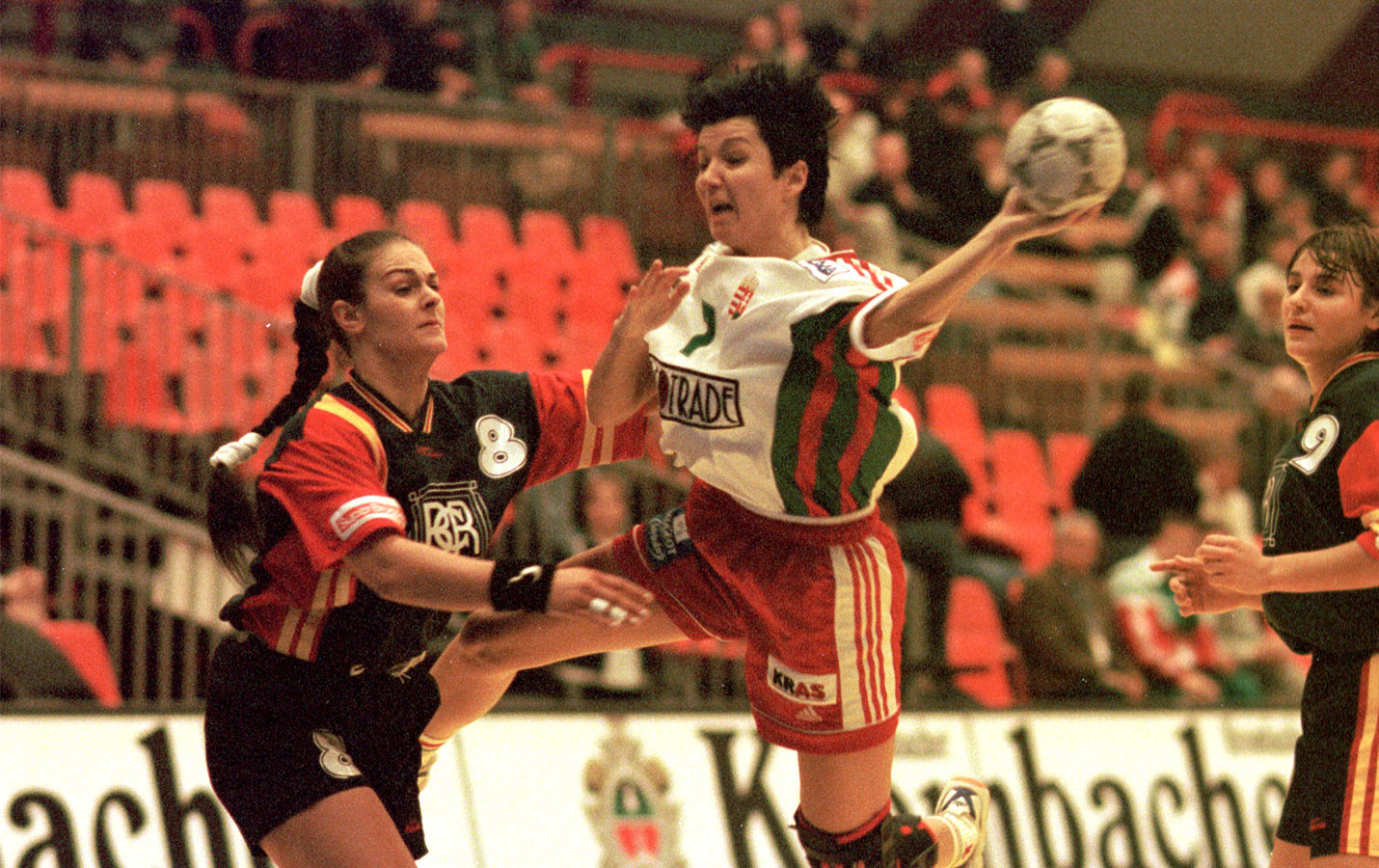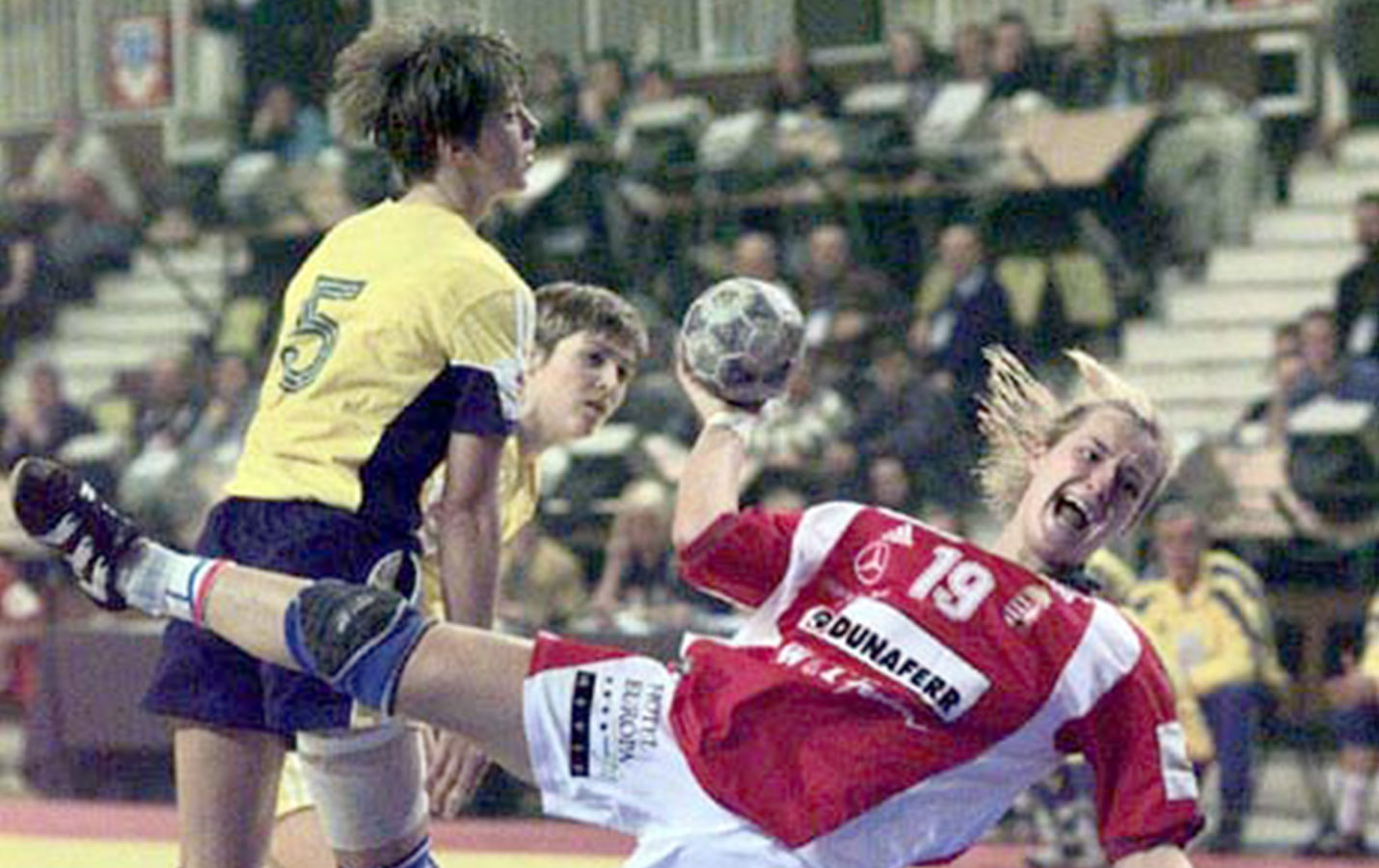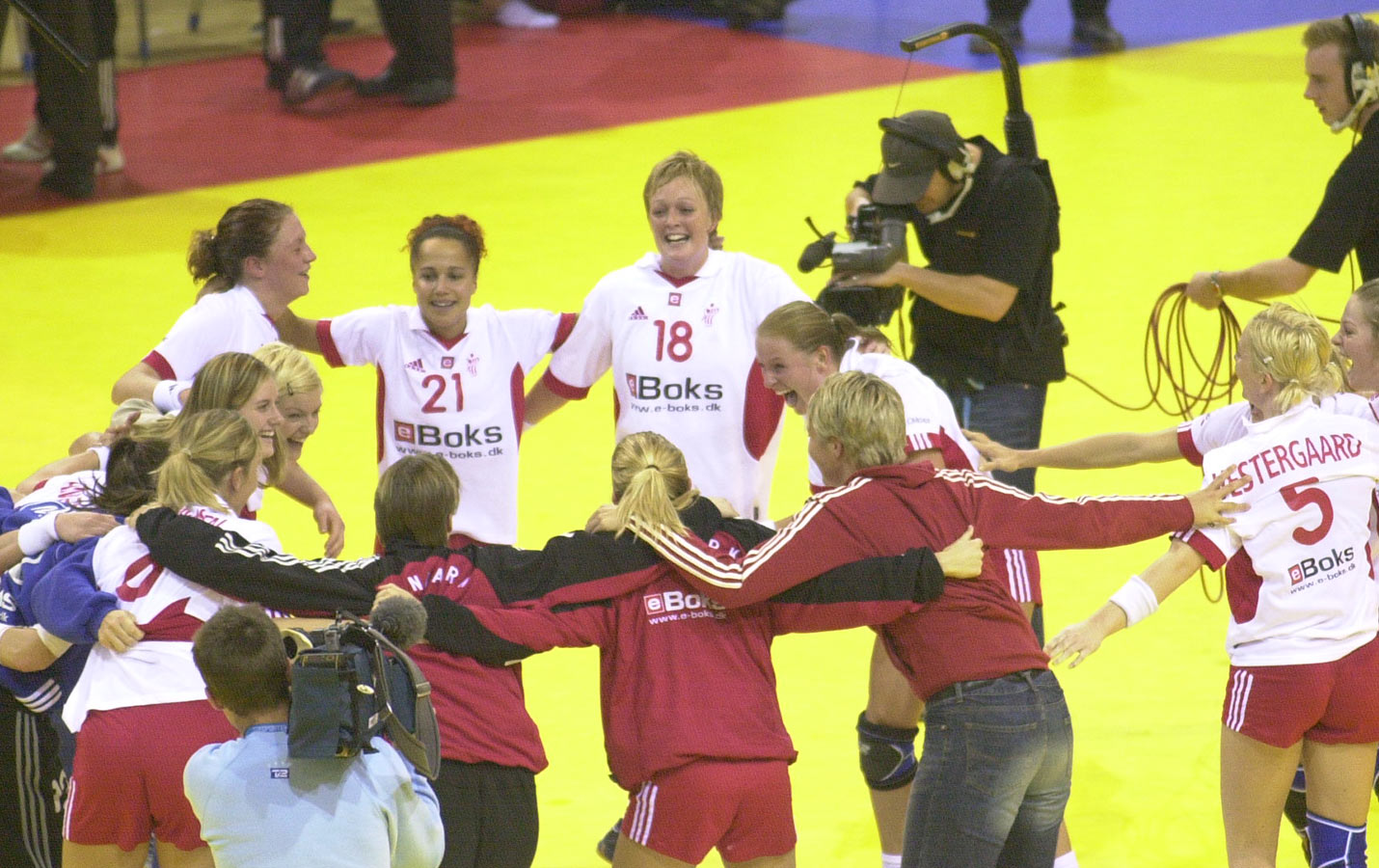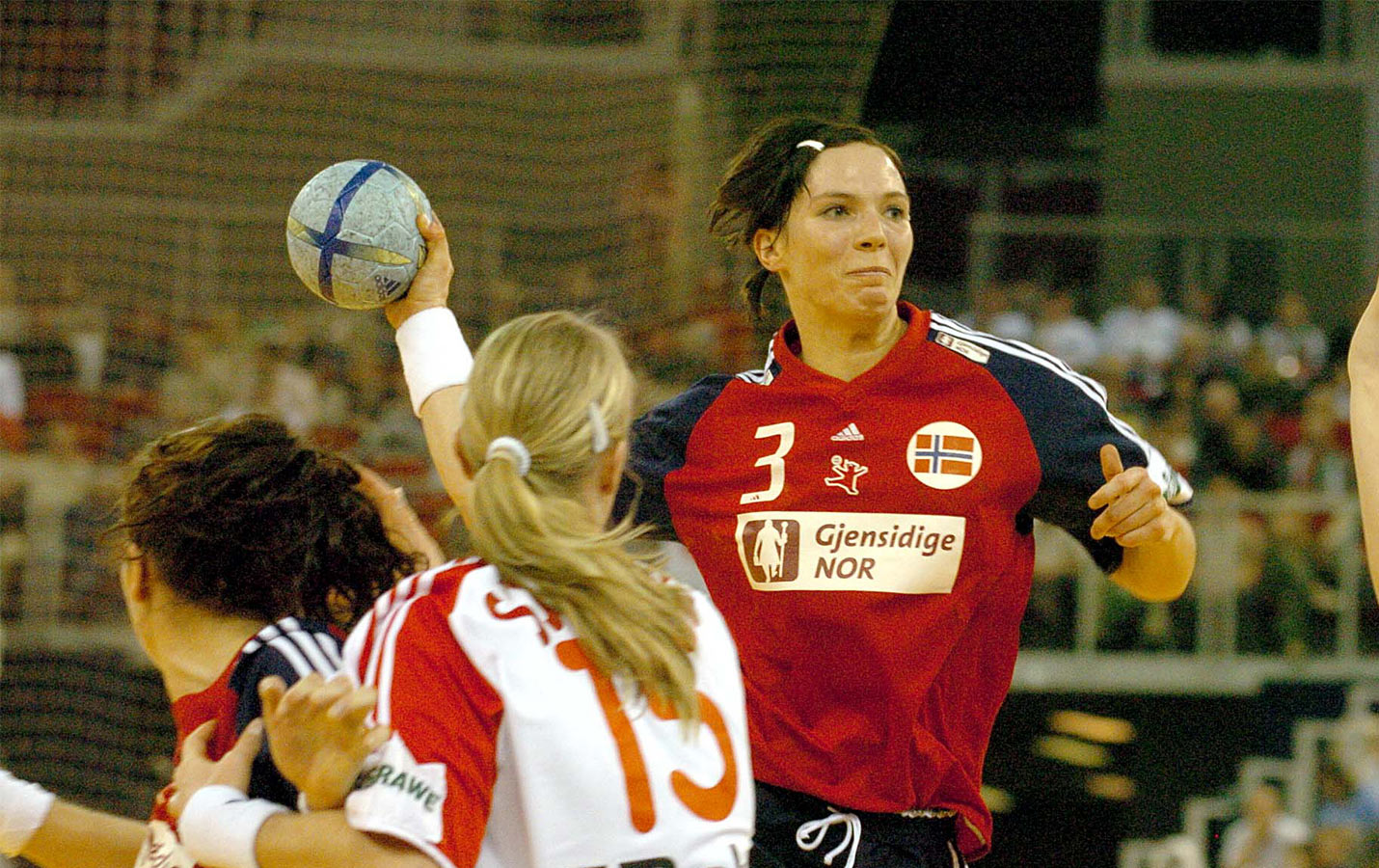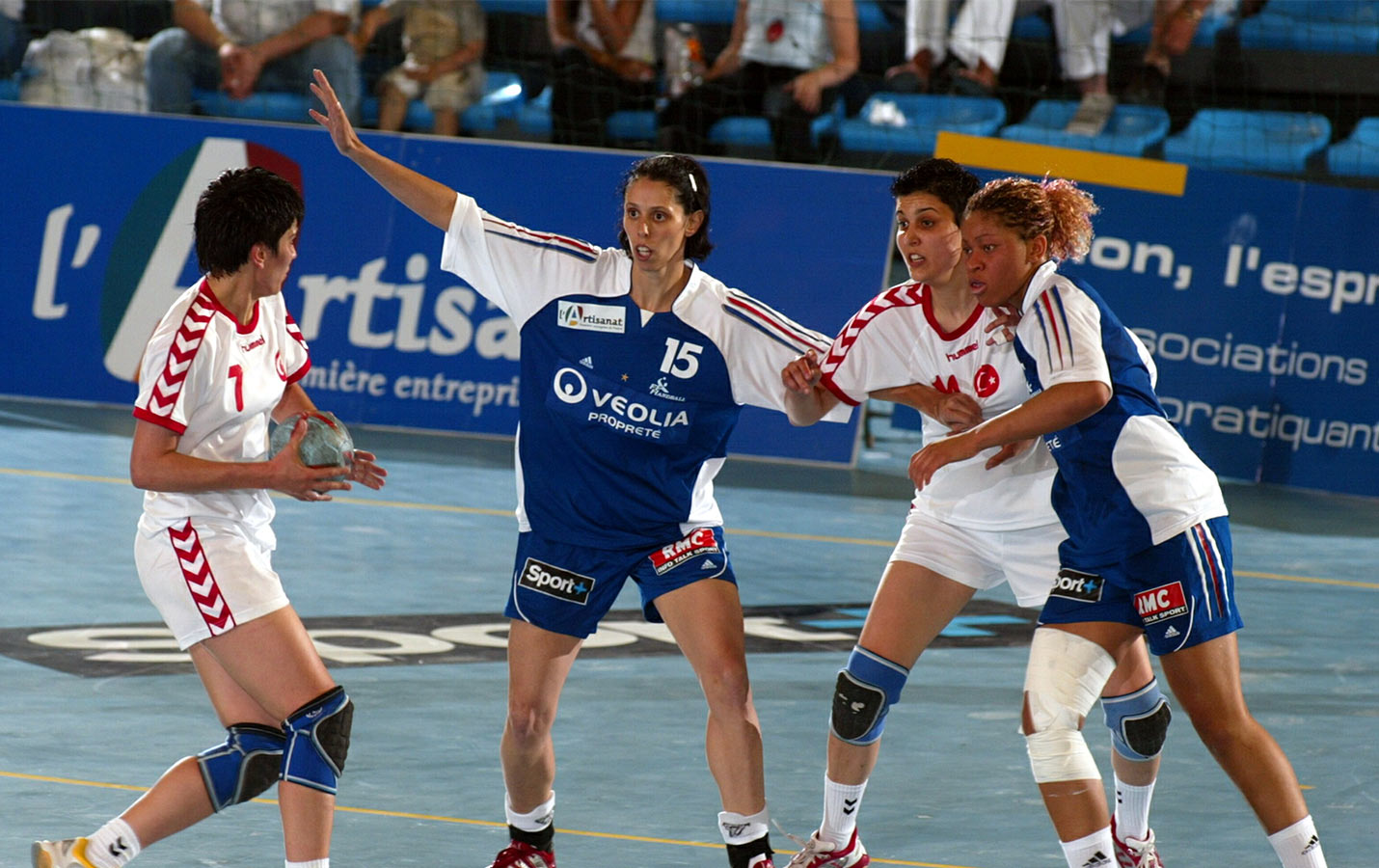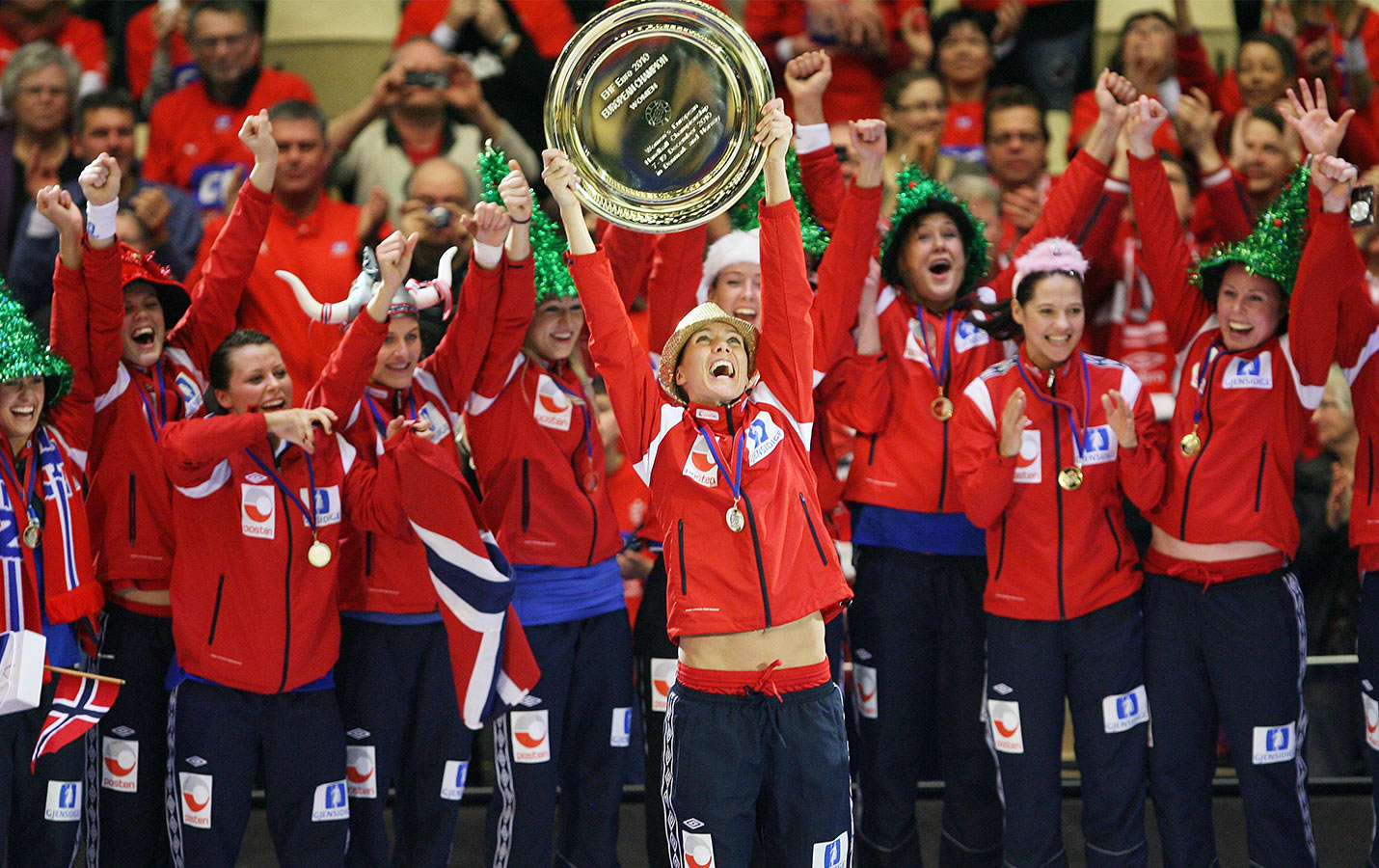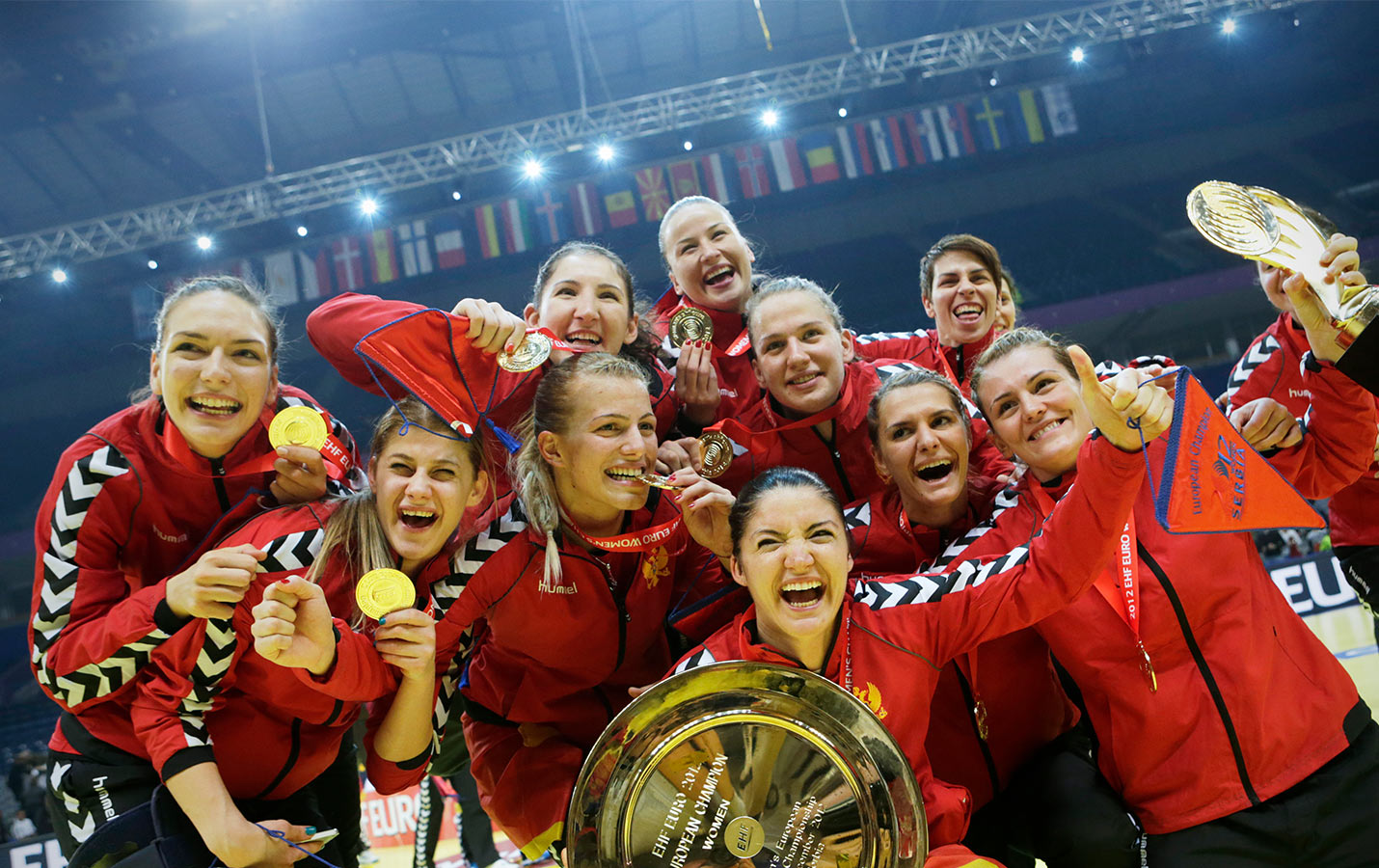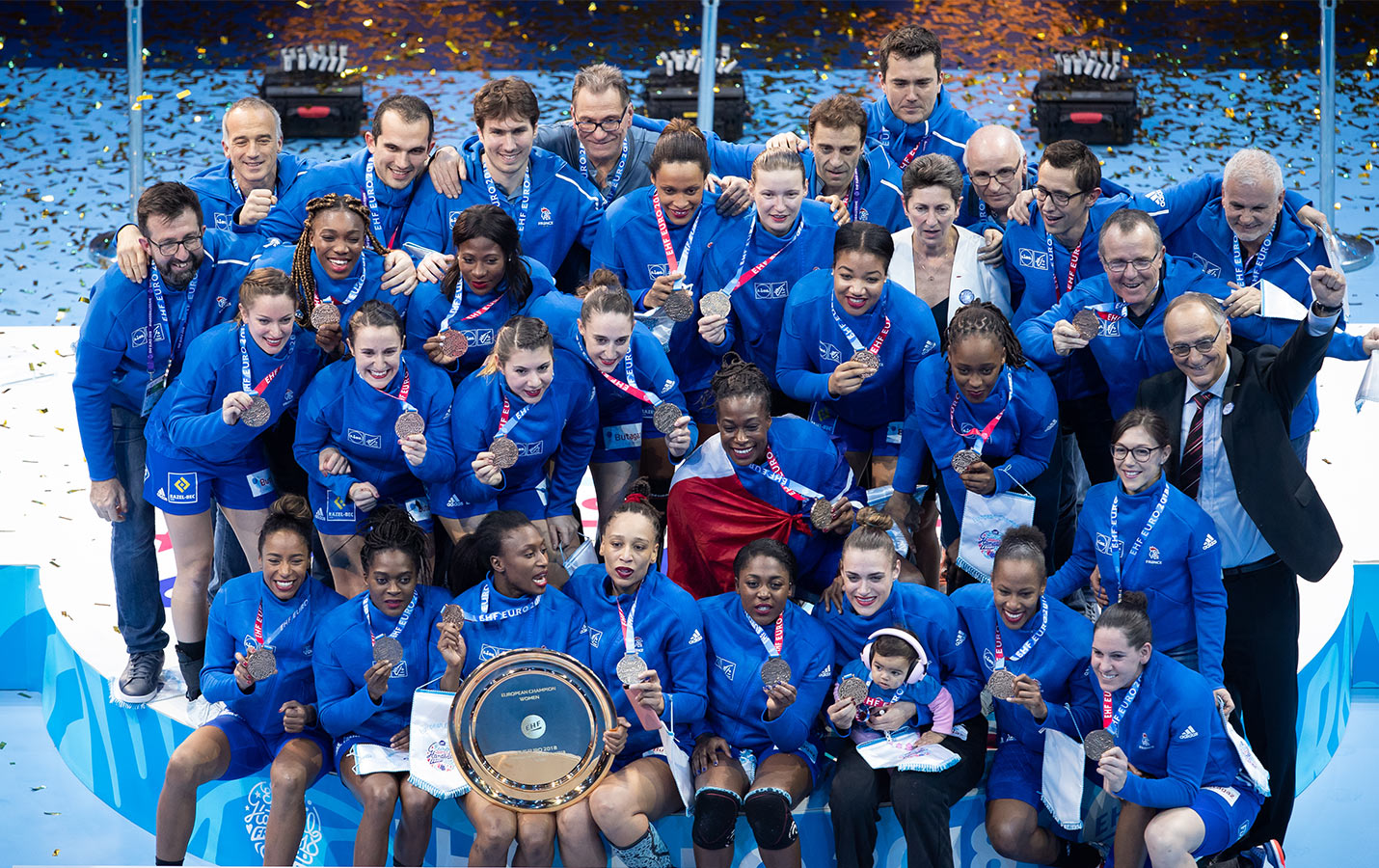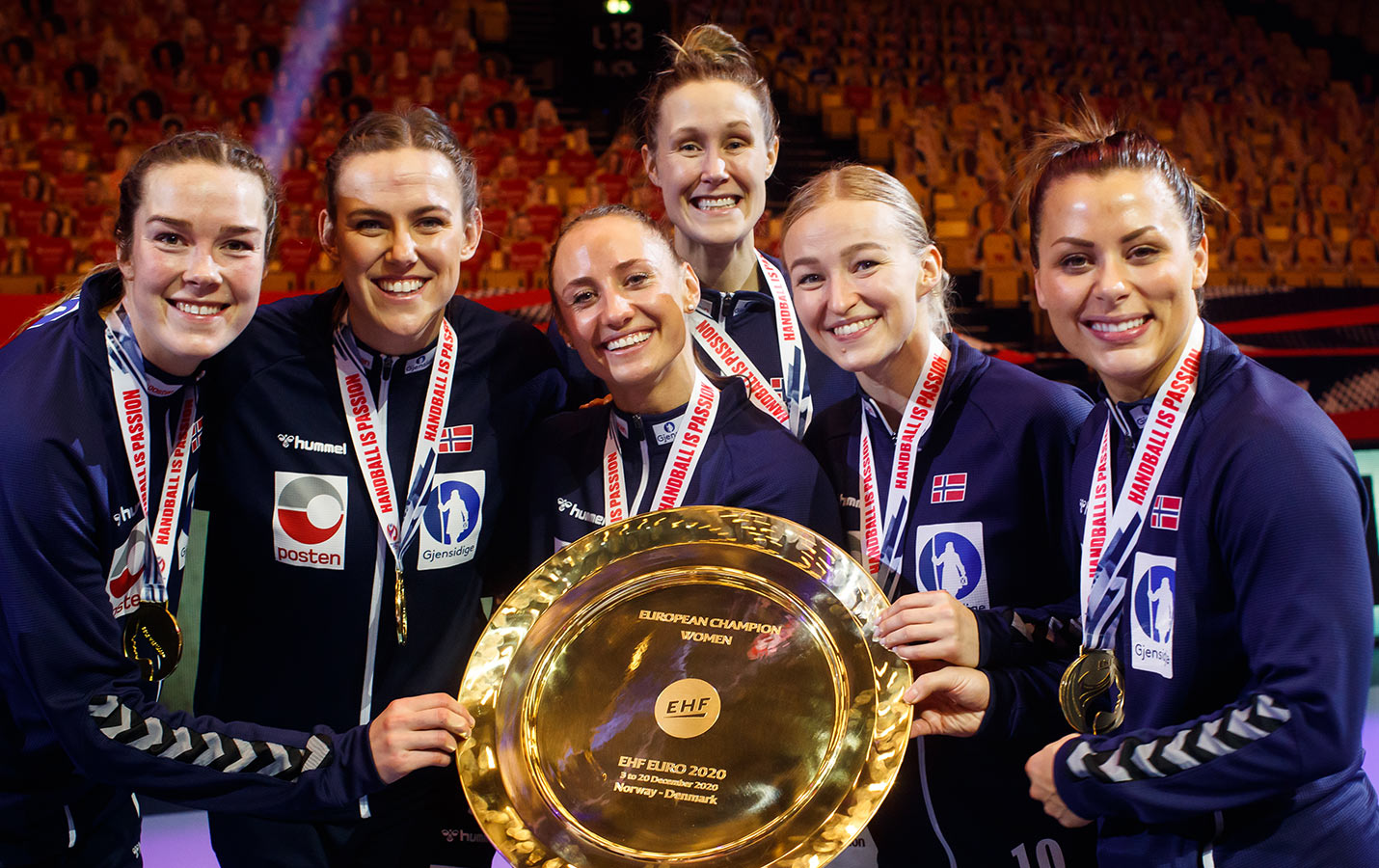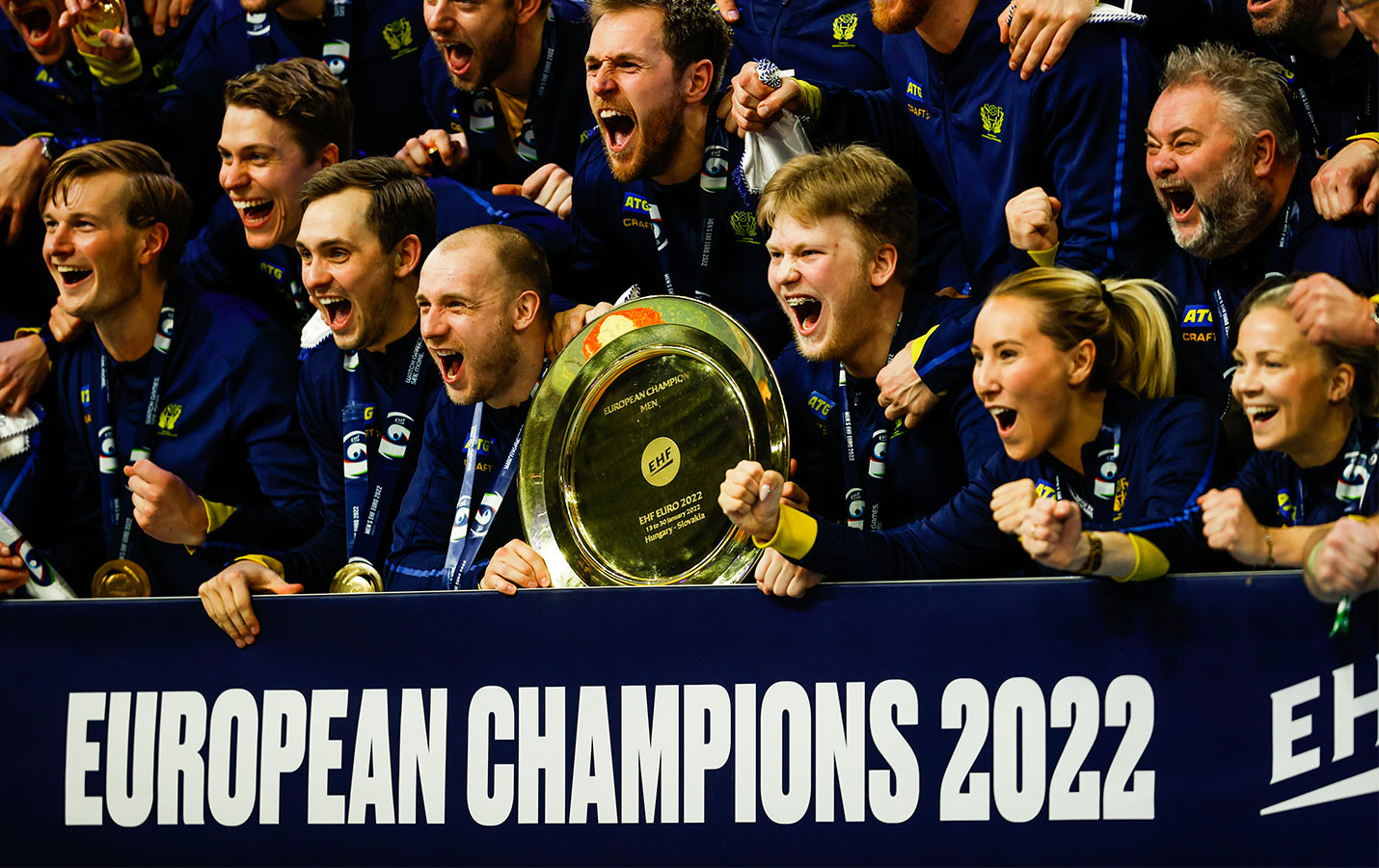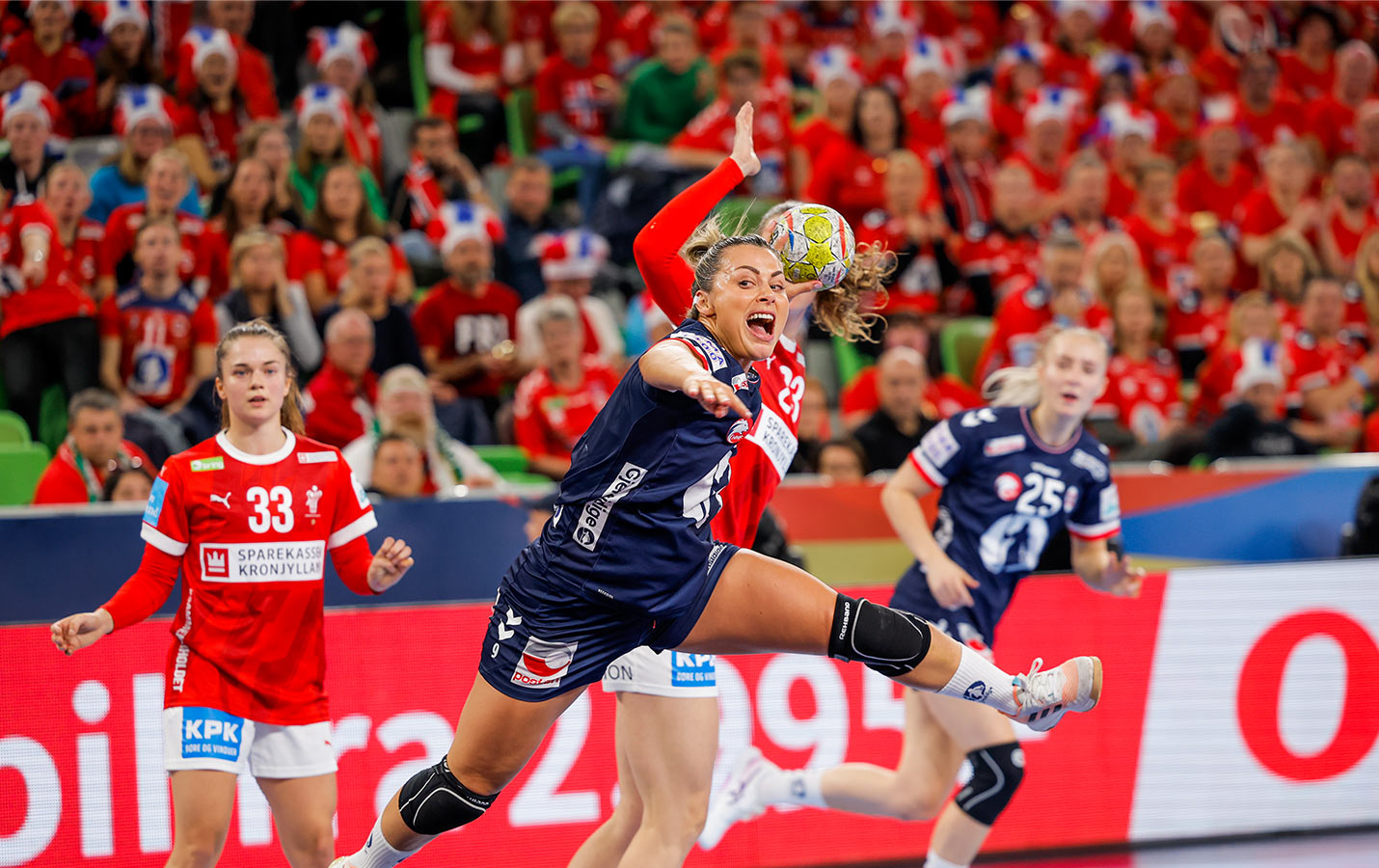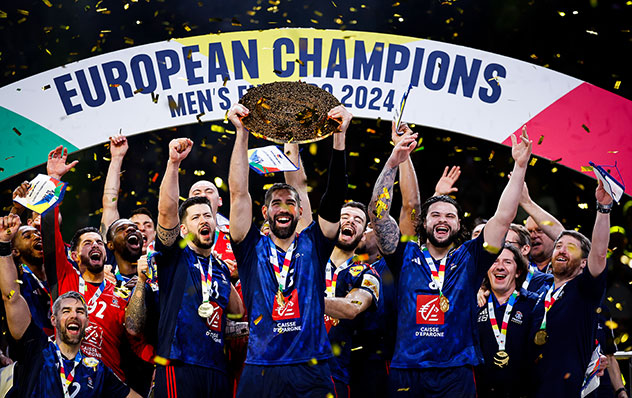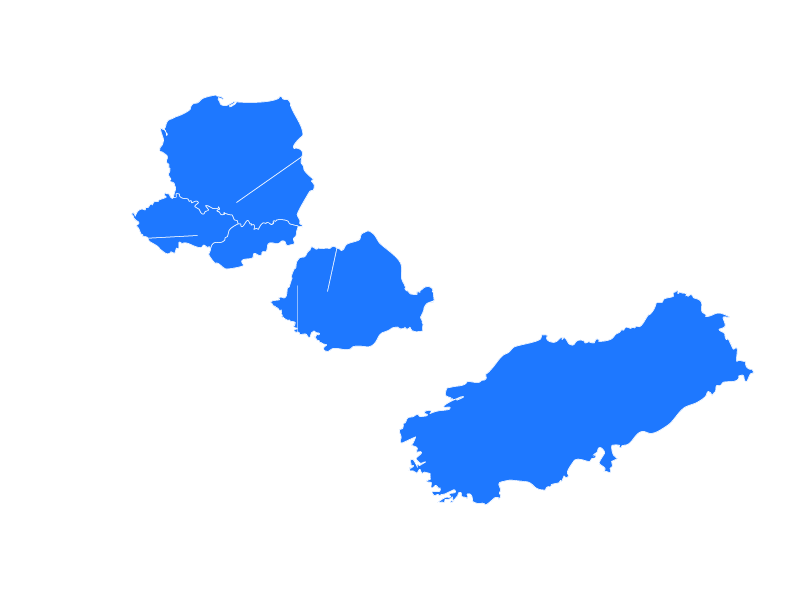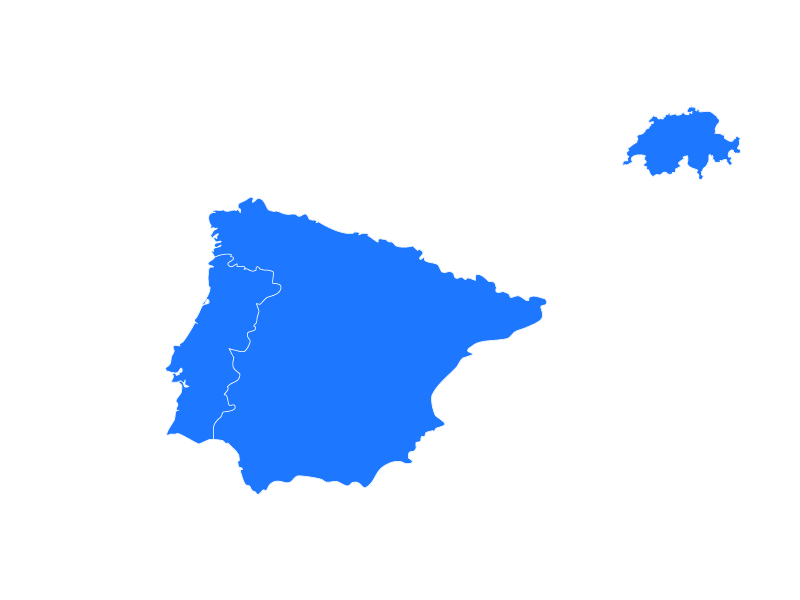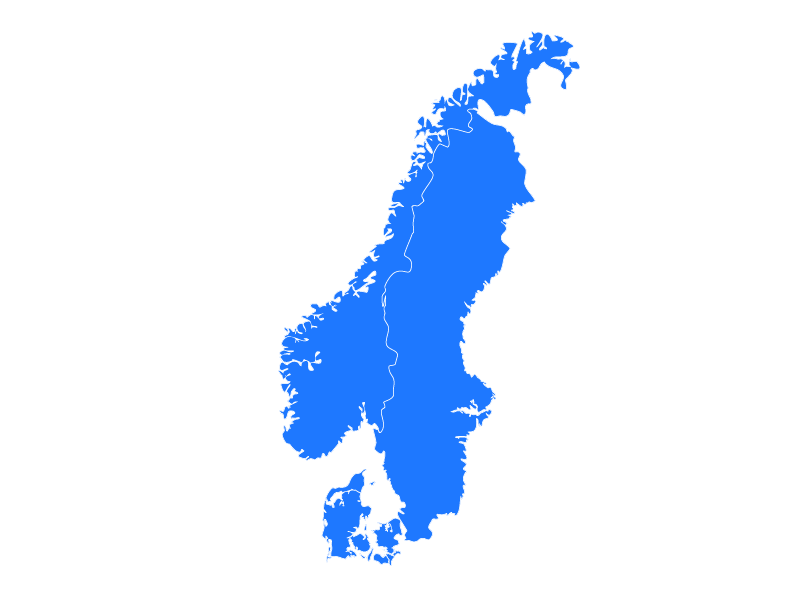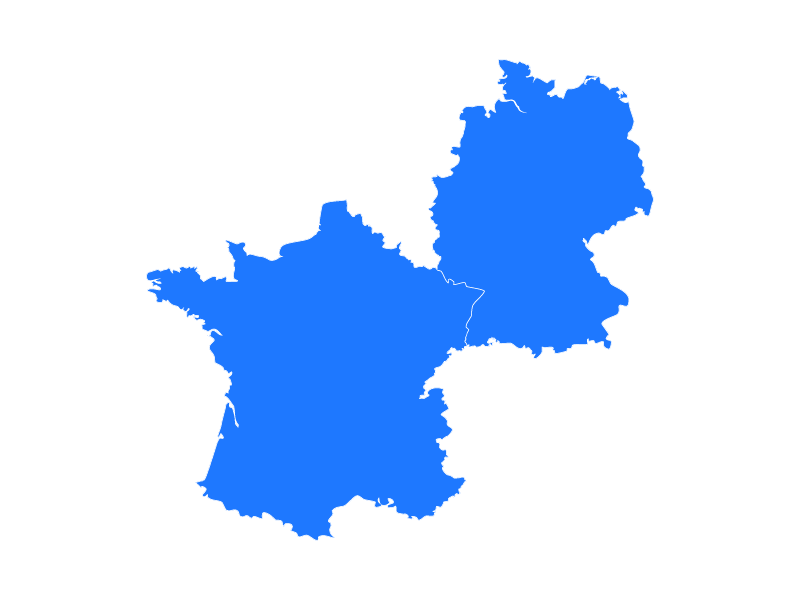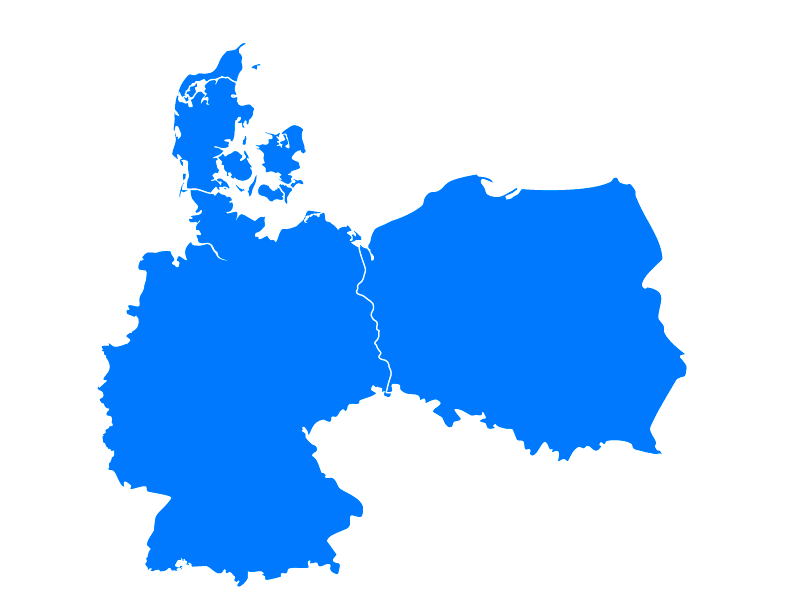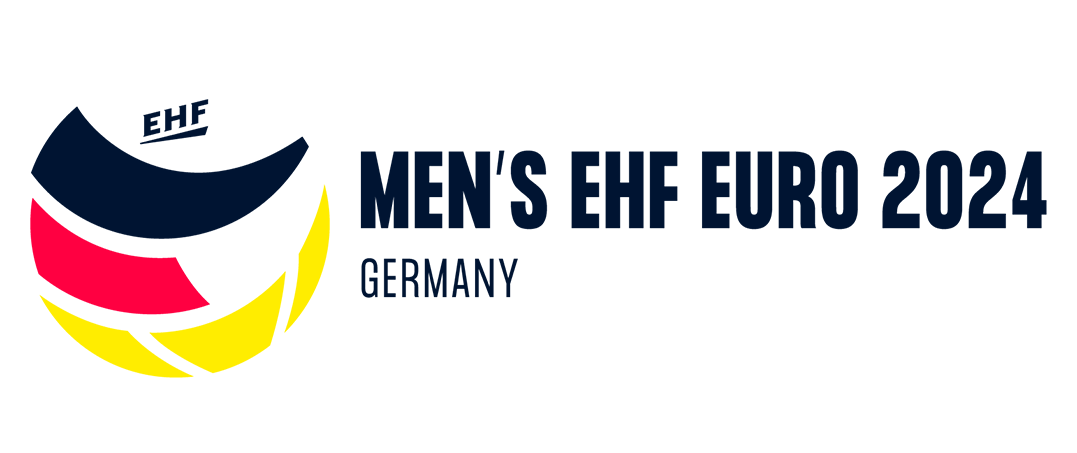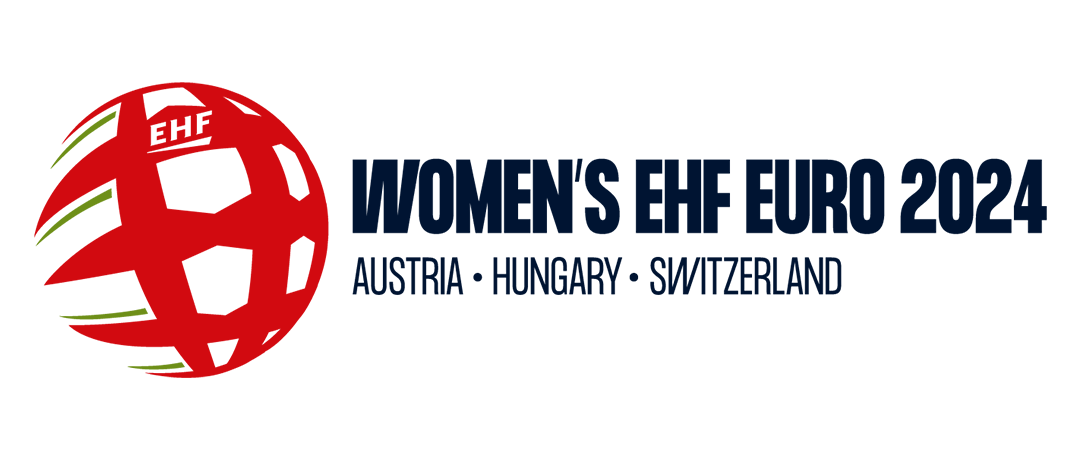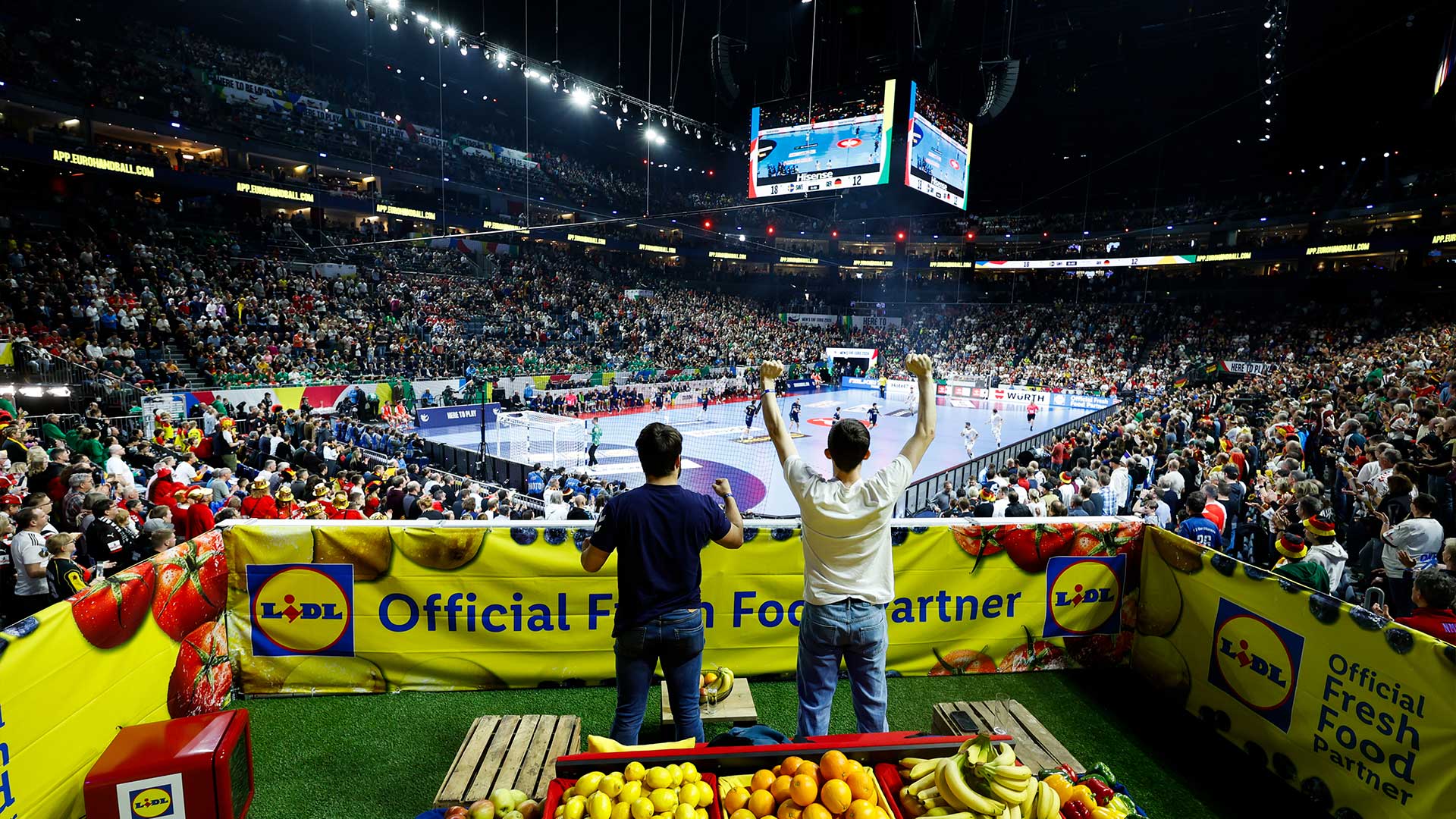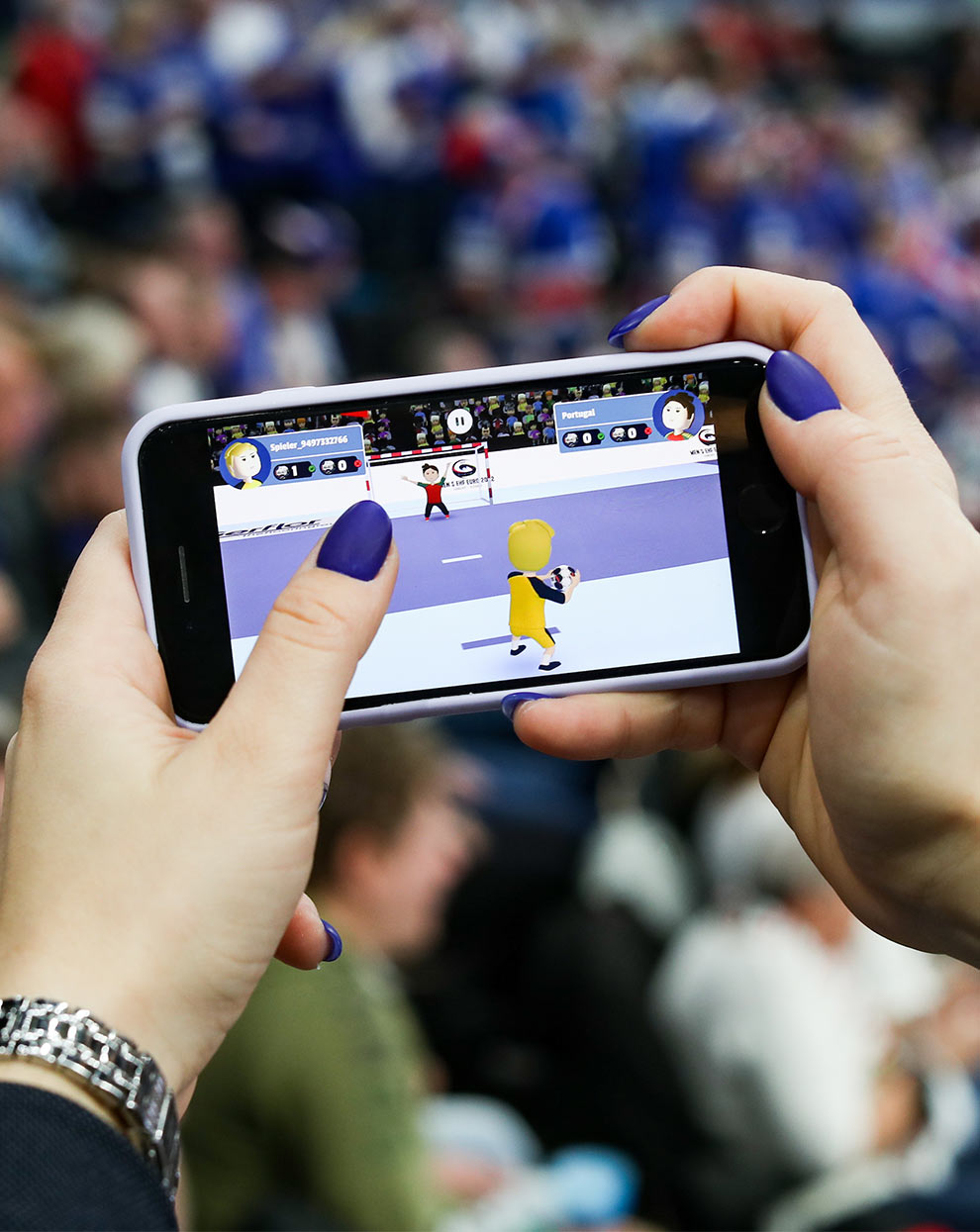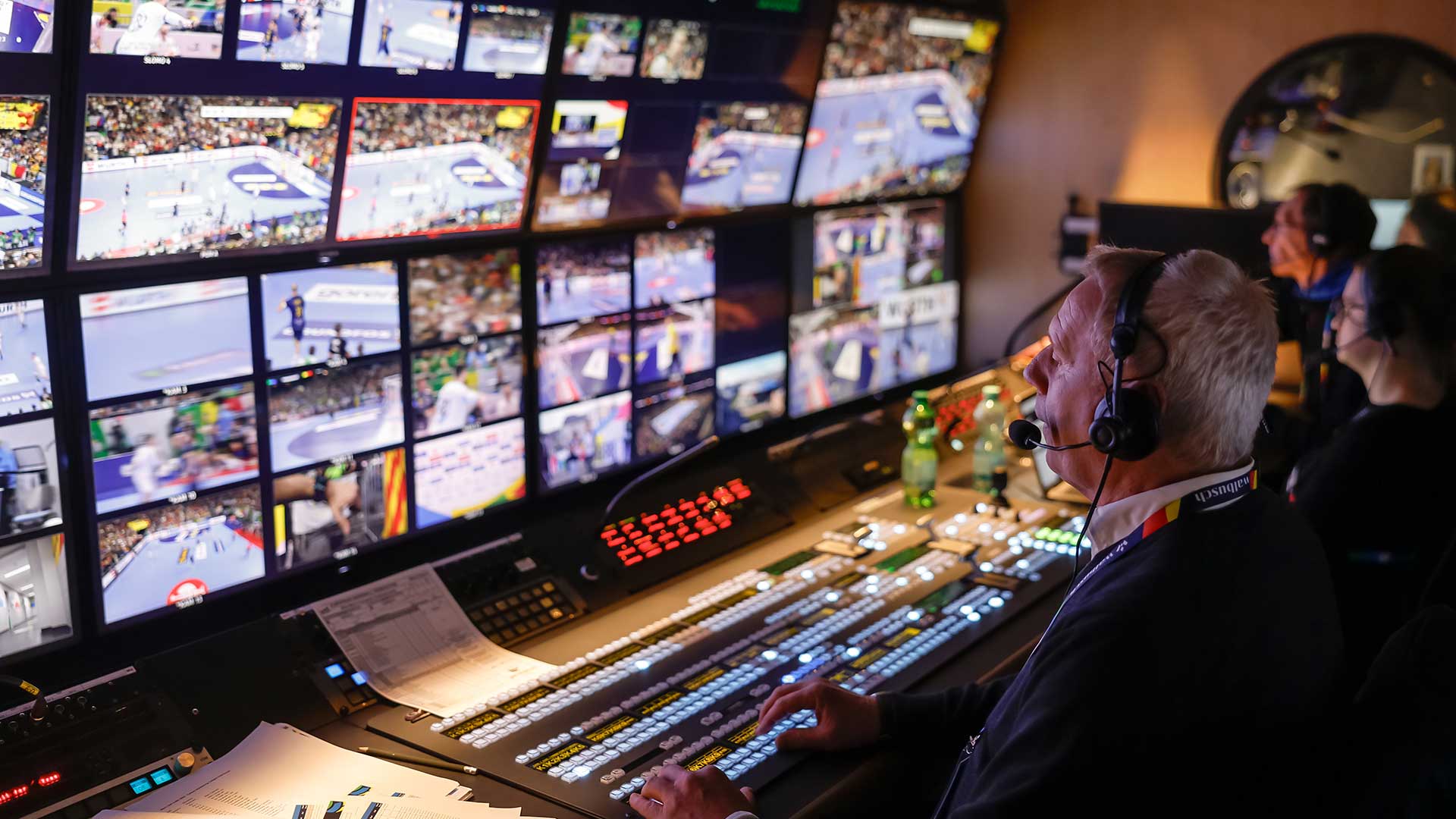Dear Friends
Michael Wiederer, EHF President
When we look at the European Handball Federation’s flagship event, there is a common understanding that the ‘Road to the Goal’ is a long one.
The more than 30-year-long evolution of the EHF EURO events, and even if we only use the ‘basic’ example of taking this event from 12 to 16 to 24 national teams, has been extraordinary and has left lasting impressions; it has also been motivational and aspirational, as each host nation strives to create another unforgettable event.
This shared journey has been nothing short of a remarkable adventure. From the first European Championship in 1994 for men in Portugal and for women in Germany, to the latest editions of the men’s and women’s EHF EUROs in Germany for as well in Austria, Hungary and Switzerland.
With this overview, the European Handball Federation continues to look to the bright future of European handball as we are presenting the next EHF EURO events – those already awarded and those for which the bidding process is still ongoing – as well as all the insights into what turns the EHF EUROs into the flagship event of European national team handball.
Enjoy the read and let us continue building the dream and creating the legacy of the future EHF EURO events together!



